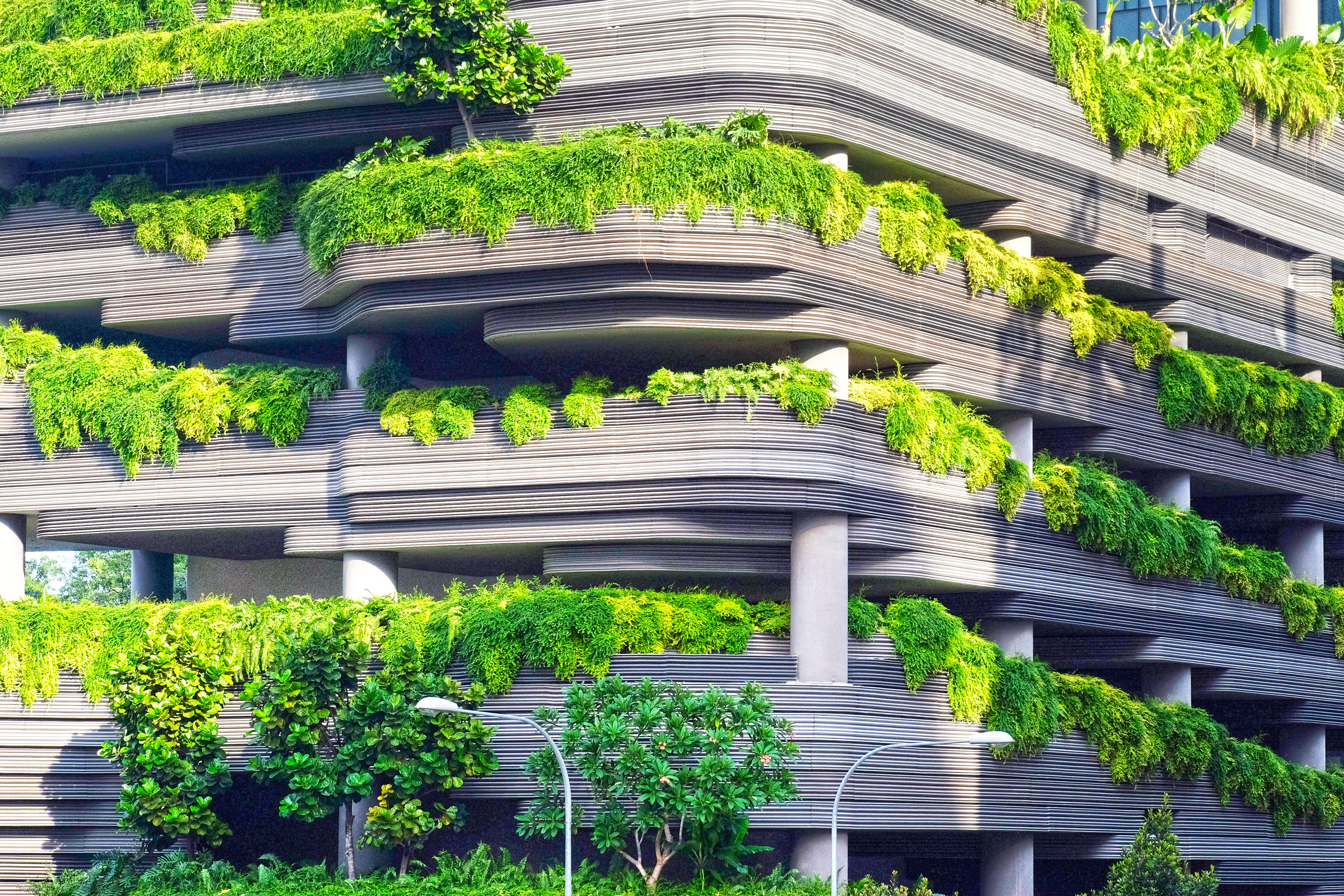Amidst the dynamic landscape of Nairobi’s urban development, a transformative movement is taking root—one that envisions buildings as more than structures of brick and mortar. Green building initiatives, driven by the desire for sustainability and environmental responsibility, are gaining momentum. As Nairobi embraces this sustainable vision, the city’s commitment to energy efficiency, reduced environmental impact, and innovative construction practices takes center stage—a commitment that shapes a future where urban growth and ecological balance coexist harmoniously.

Energy efficiency paves the way. Nairobi’s focus on green building initiatives underscores a commitment to resource optimization. By incorporating energy-efficient technologies, such as solar panels, energy-efficient lighting, and well-designed ventilation systems, the city reduces energy consumption, minimizes greenhouse gas emissions, and paves the way for a more sustainable urban footprint.
Reduced environmental impact is a goal. Traditional construction practices often come at the cost of environmental degradation. Nairobi’s pursuit of green building practices demonstrates a shift towards more responsible building materials, waste reduction, and sustainable design principles that minimize the negative impact on local ecosystems.
Innovation in design transforms spaces. Nairobi’s architects and designers are reimagining urban spaces through the lens of sustainability. Concepts such as passive design, green roofs, and natural lighting are revolutionizing building aesthetics while maximizing energy efficiency and connection to the natural environment.
Certification standards elevate standards. By adopting internationally recognized green building certification standards, such as LEED (Leadership in Energy and Environmental Design) or BREEAM (Building Research Establishment Environmental Assessment Method), Nairobi sets a benchmark for sustainable construction practices. These standards encourage innovation, foster competition, and promote continuous improvement.
Water conservation becomes a priority. Nairobi’s green building initiatives extend beyond energy efficiency to water conservation. Rainwater harvesting, efficient plumbing systems, and sustainable landscaping practices are vital components of sustainable construction that alleviate pressure on the city’s water resources.
Public awareness drives change. Nairobi’s efforts to raise awareness about the benefits of green building practices inspire both industry professionals and the general public to embrace sustainable construction methods. Educational campaigns, workshops, and exhibitions contribute to a culture of environmentally conscious building.

Collaborative efforts magnify impact. To effect true change, Nairobi’s government bodies, architects, construction companies, and civil society must collaborate. Partnerships that share knowledge, foster innovation, and incentivize green construction can amplify the impact of these initiatives.
In conclusion, Nairobi’s journey through green building initiatives embodies its commitment to a sustainable future. By prioritizing energy efficiency, minimizing environmental impact, fostering innovative design, adopting certification standards, conserving water, promoting public awareness, and nurturing collaborative partnerships, the city shapes a path towards a more resilient, livable, and environmentally responsible urban landscape. Through these collective efforts, Nairobi becomes a model for cities that value both growth and sustainability—a city where progress is not measured solely by structures built, but by the legacy of responsibility left for generations to come.




